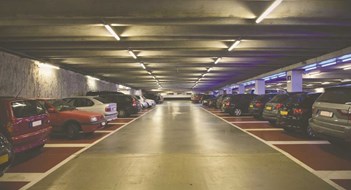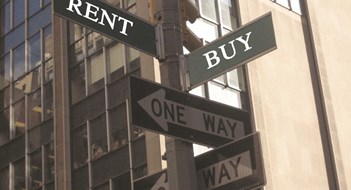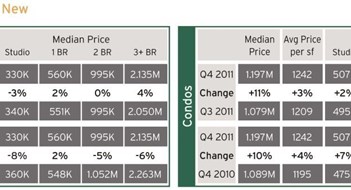New York City is known for having some of the very best urban opportunities in the world—among the best colleges and schools, museums and libraries, as well as some of the finest parks, the most interesting architecture, the most intrig…


New York City is known for having some of the very best urban opportunities in the world—among the best colleges and schools, museums and libraries, as well as some of the finest parks, the most interesting architecture, the most intrig…

Concern over health, the environment, and an evolving legal landscape has prompted a number of condo and co-op boards in communities across New York City’s five boroughs to ban cigarette smoking not only in common outdoor areas but in i…

In a city as crowded and fast-paced as New York, parking is a big deal—it’s hard to find it when you need it, and when you do find it, it’s usually very expensive. Since parking spaces in the city are such a hot commodity, it’s not surpr…

When you speak of Hell’s Kitchen and the far west side of Manhattan, the stories that come to mind are of longshoremen, the notorious Westies and dark deserted urban streets, but now, thanks to a the 7 Subway Line extension, a massive p…


It’s no secret that New Yorkers love their dogs. In 2011, there were more than 1.4 million dogs in New York City, according to www.nycoffleash.com. With a pack like that, it’s no wonder businesses and city dwellings are jumping on the d…

Anybody who has lived and worked in New York City for an extended period of time usually develops a sort of love-hate relationship with the city, rattling off a dozen reasons why Gotham is the only place they'd ever consider calling hom…

New York City began as a city of immigrants and has maintained a long and laudable history of welcoming foreign travelers and residents. In recent years, residential real estate sales have glowed even brighter for buyers from overseas.…

To buy or not to buy? That is the question.” Taking a cue from Hamlet, this question is on the minds of many contemplating moving to New York City these days. “Many are taking advantage of this slightly-down market by buying, w…

Two seemingly opposite dynamics are both influencing today’s real estate market—and its impact on co-ops and condos. On one hand, people all over the United States, including the greater New York area, are becoming more frugal, and lear…